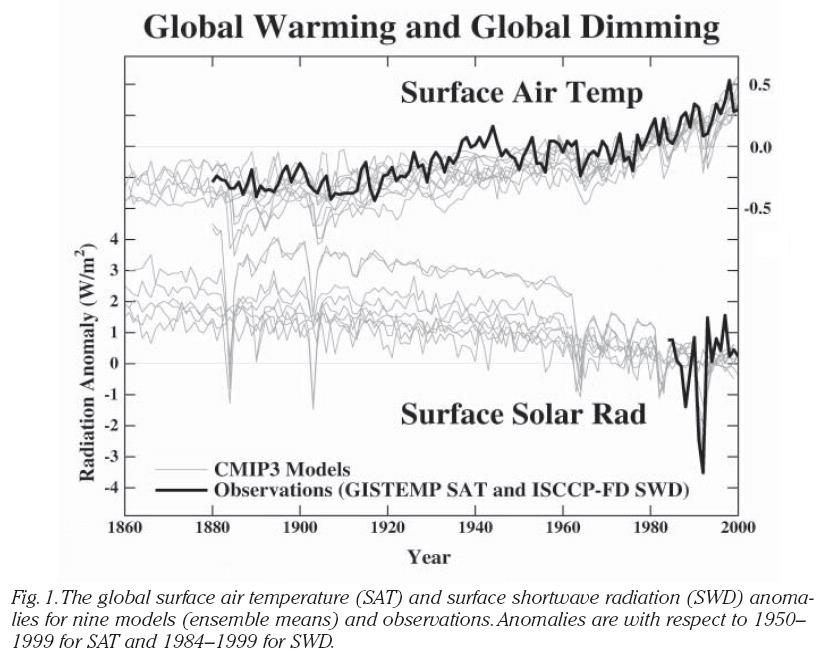Over the last couple of months there has been much blog-viating about what the models used in the IPCC 4th Assessment Report (AR4) do and do not predict about natural variability in the presence of a long-term greenhouse gas related trend. Unfortunately, much of the discussion has been based on graphics, energy-balance models and descriptions of what the forced component is, rather than the full ensemble from the coupled models. That has lead to some rather excitable but ill-informed buzz about very short time scale tendencies. We have already discussed how short term analysis of the data can be misleading, and we have previously commented on the use of the uncertainty in the ensemble mean being confused with the envelope of possible trajectories (here). The actual model outputs have been available for a long time, and it is somewhat surprising that no-one has looked specifically at it given the attention the subject has garnered. So in this post we will examine directly what the individual model simulations actually show.
What the IPCC models really say
 ) (
) ( ) (
) ( )
) 
 How does anthropogenic global warming (AGW) affect me? The answer to this question will perhaps be one of the most relevant concerns in the future, and is discussed in
How does anthropogenic global warming (AGW) affect me? The answer to this question will perhaps be one of the most relevant concerns in the future, and is discussed in 